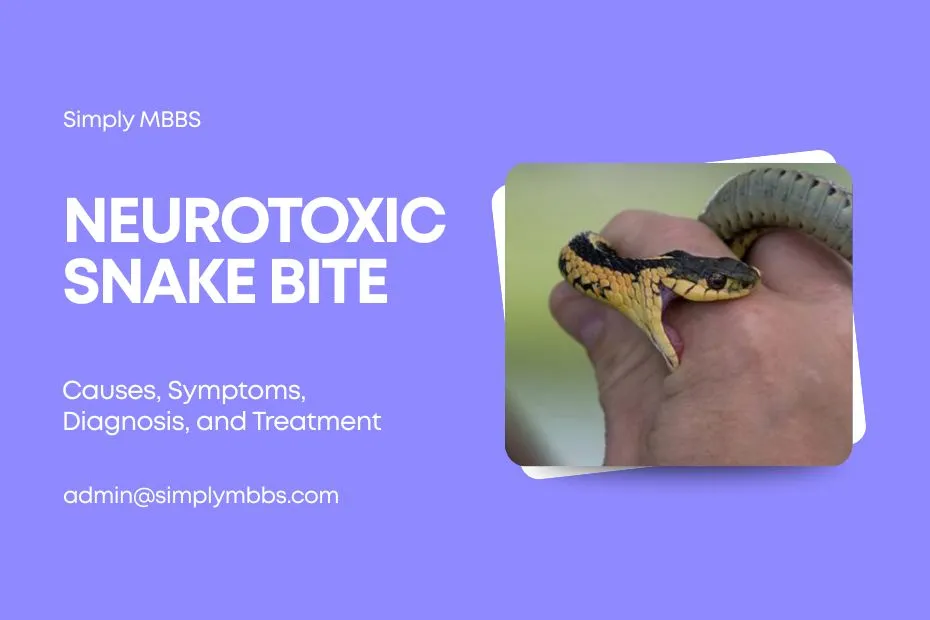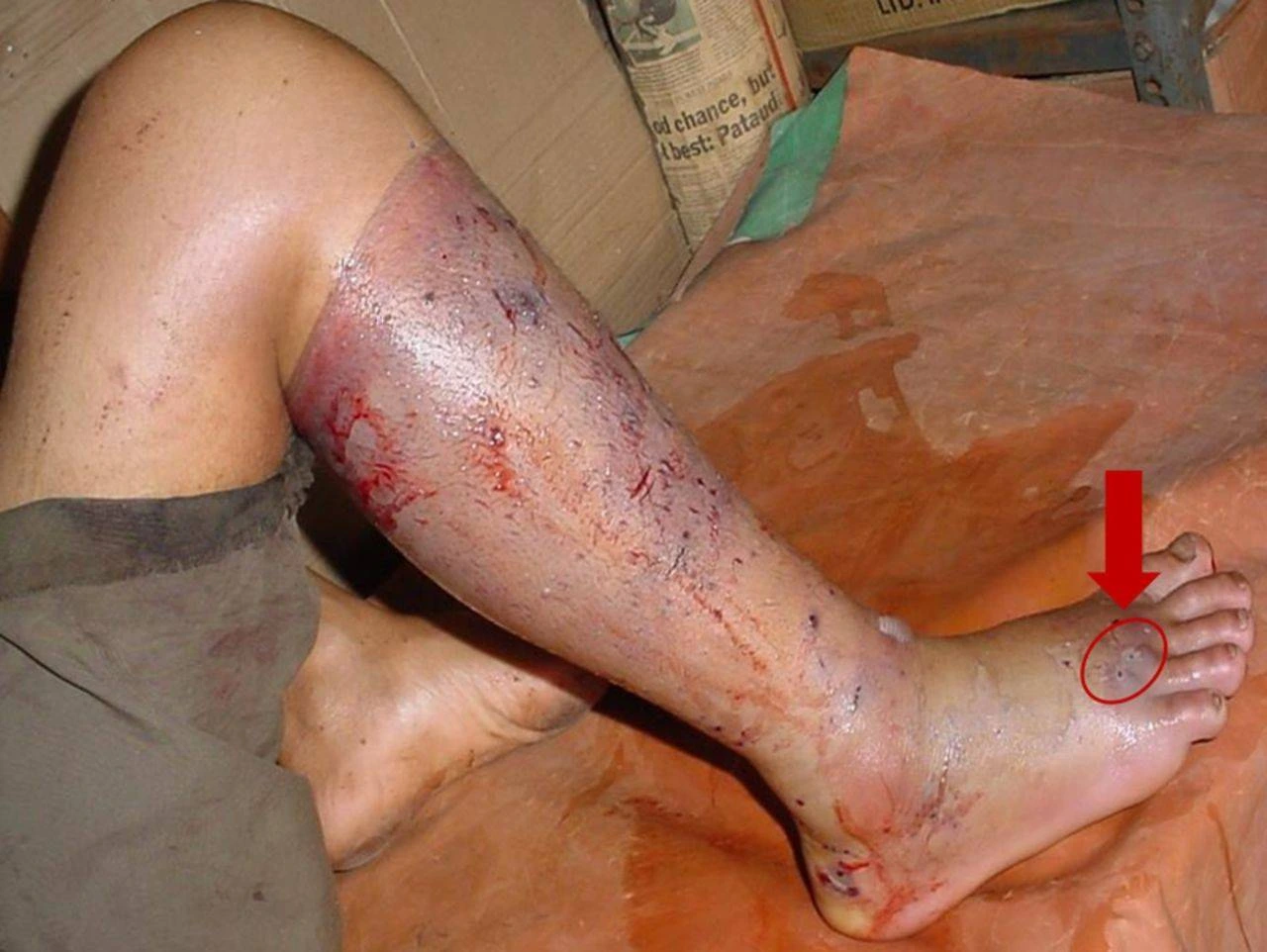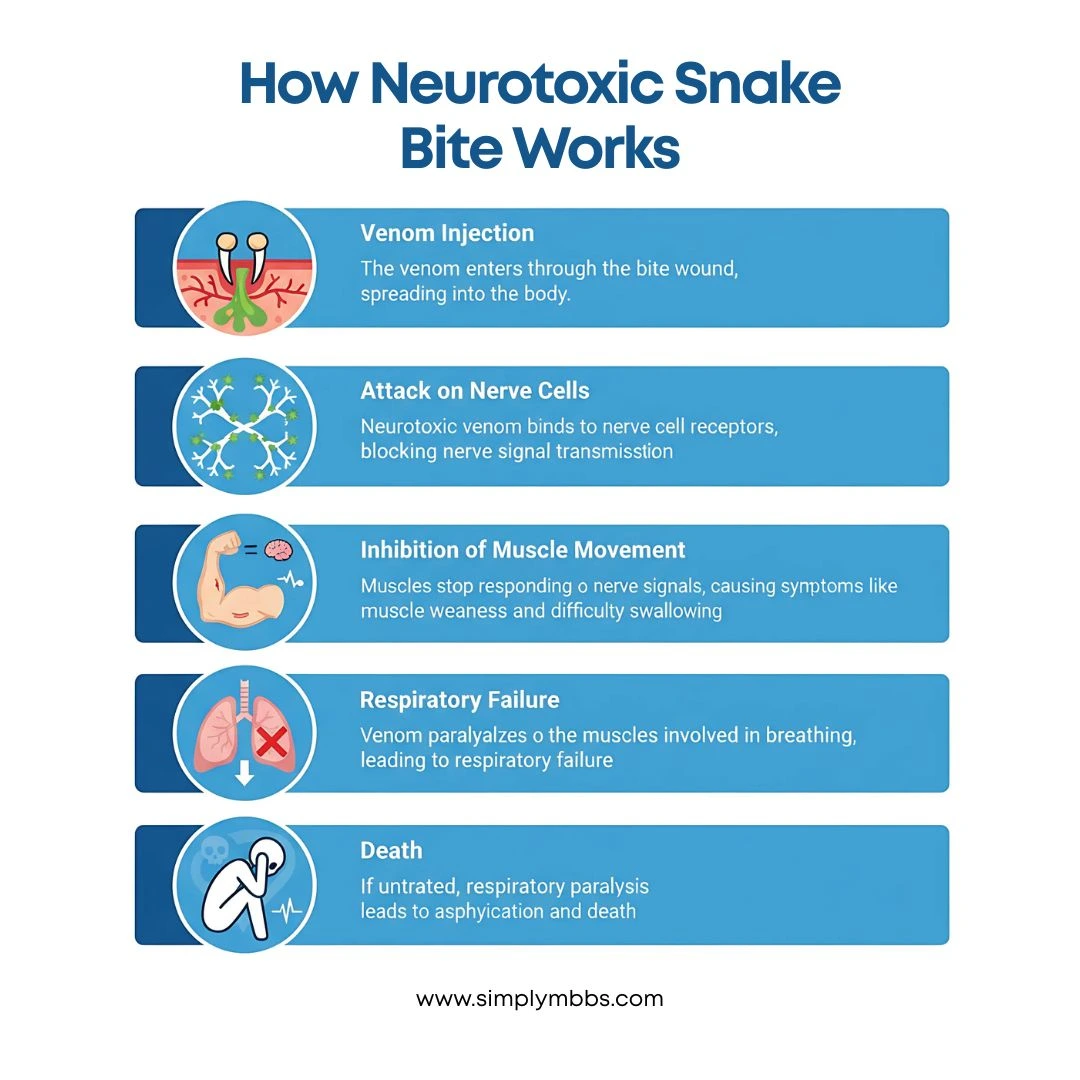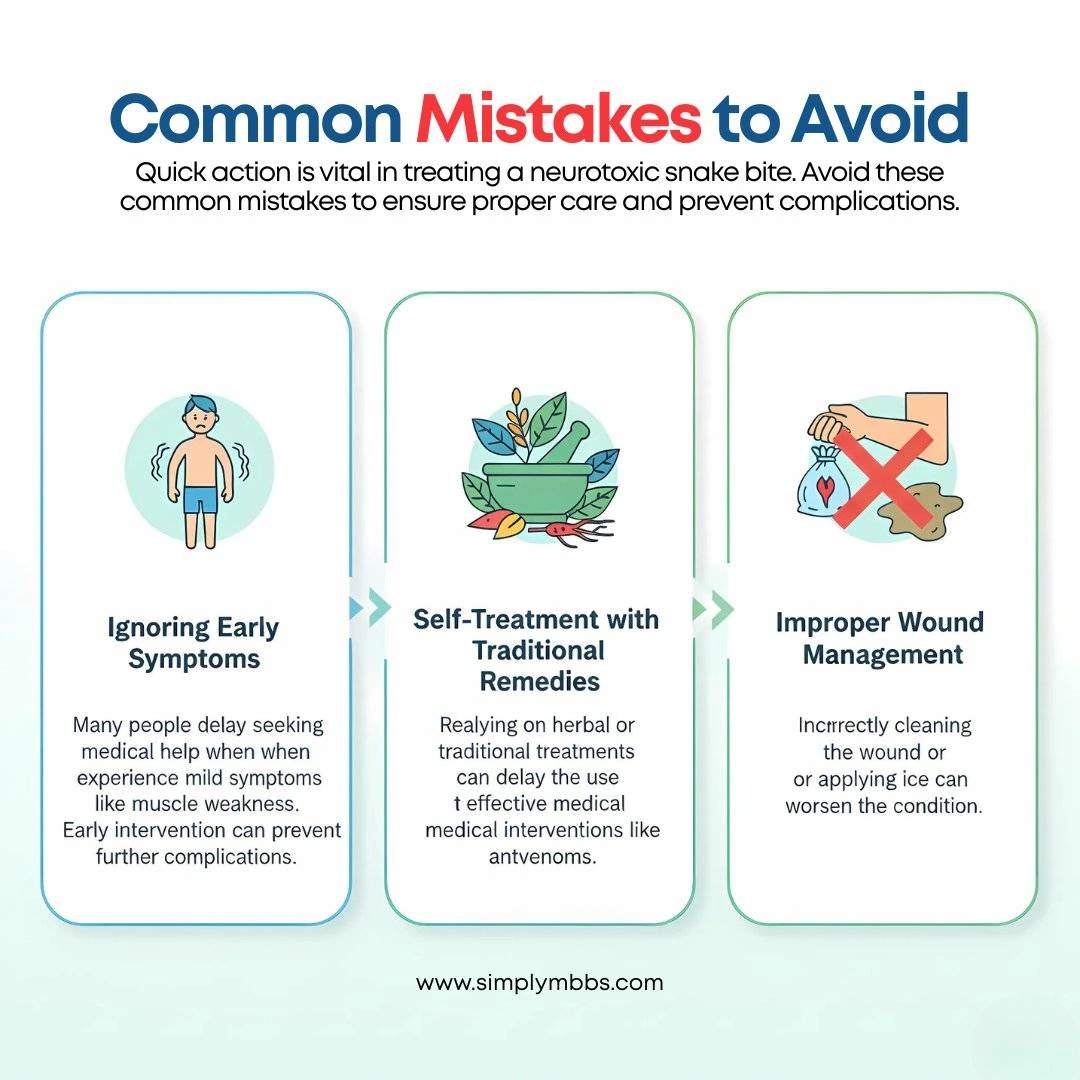Have you ever wondered what happens to the body when a venomous snake bites? More specifically, how does a neurotoxic snake bite affect the nervous system? Neurotoxic snake bites are a serious medical emergency that require immediate attention. In this article, we’ll dive into the nature of neurotoxic snake bites, how they affect the body, and the life-saving treatments that can make all the difference.
What is a Neurotoxic Snake Bite?
A neurotoxic snake bite occurs when a venomous snake injects venom into the body that targets the nervous system. Unlike hemotoxic venom, which affects the blood and tissues, neurotoxic venom attacks the nerve cells, disrupting their normal function. This can lead to paralysis, respiratory failure, and even death if not treated promptly.
The venom contains enzymes and proteins that interfere with the transmission of nerve signals, leading to muscle weakness and loss of control over voluntary movements. Neurotoxic venom is primarily found in certain species of snakes like cobras, kraits, and some vipers.
Why Neurotoxic Snake Bite Matters
Neurotoxic snake bites are critical for MBBS students, doctors, and general public awareness due to the potentially life-threatening consequences. When left untreated, these bites can lead to complete paralysis, respiratory arrest, and even death. For medical professionals, understanding the nuances of these bites is essential in providing timely treatment. For the general public, recognizing the symptoms and seeking immediate medical attention can save lives.
Pros & Cons of Neurotoxic Snake Bite
Pros:
- Early intervention and treatment can lead to full recovery.
- Antivenoms are available for some species of snakes.
- Timely medical care significantly reduces the risk of fatality.
Cons:
- Without prompt medical care, the effects of neurotoxic snake bites can be fatal.
- Diagnosis can sometimes be difficult due to varying symptoms and overlap with other conditions.
- Limited availability of antivenoms in some areas.
How Neurotoxic Snake Bite Works
When a neurotoxic snake bite occurs, the venom enters the bloodstream and spreads through the body. Here’s how it works:
- Venom Injection: The venom enters through the bite wound, often near the skin’s surface or deeper into the tissues.
- Attack on Nerve Cells: Neurotoxic venom contains proteins that bind to the receptors on nerve cells, blocking the signals that normally travel through the nervous system.
- Inhibition of Muscle Movement: As the venom spreads, the muscles are no longer able to respond to nervous signals. This leads to symptoms like muscle weakness, drooping eyelids, and difficulty swallowing.
- Respiratory Failure: As the venom progresses, it paralyzes the muscles involved in breathing, leading to respiratory failure. Without immediate intervention, this can be fatal.
- Death: In extreme cases, if untreated, paralysis of the respiratory muscles leads to asphyxiation and death.
Read More : Acute Barbiturate Poisoning: Causes, Symptoms, Diagnosis, and Treatment
Comparison Section: Neurotoxic Snake Bites vs. Hemotoxic Snake Bites
While both neurotoxic and hemotoxic snake bites are dangerous, they affect the body differently:
- Neurotoxic Snake Bites: Primarily affect the nervous system, leading to paralysis and respiratory failure.
- Hemotoxic Snake Bites: Affect the blood and tissues, causing internal bleeding, organ damage, and severe pain.
Expert Insights / Data-Driven Points
According to recent studies on snake venom toxicity, neurotoxic snake bites are responsible for a significant portion of fatalities due to snakebite envenomation. In countries like India, where snake bites are common, timely administration of antivenom has been shown to reduce mortality rates by up to 70%.
Statistics:
- Over 2.7 million snake bites occur annually, with neurotoxic snake bites contributing to nearly 20% of these incidents.
- In regions like Southeast Asia and Sub-Saharan Africa, snakebites are among the top 10 causes of mortality.
Common Mistakes to Avoid
- Ignoring Early Symptoms: Many people delay seeking medical help when they experience mild symptoms like muscle weakness. Early intervention can prevent further complications.
- Self-Treatment with Traditional Remedies: Relying on herbal or traditional treatments can delay the use of effective medical interventions like antivenoms.
- Improper Wound Management: Incorrectly cleaning the wound or applying ice can worsen the condition.
Frequently Asked Questions (FAQs)
Q. What are the symptoms of a neurotoxic snake bite?
A : Symptoms include muscle weakness, drooping eyelids, difficulty swallowing, and respiratory difficulty.
Q. How is a neurotoxic snake bite treated?
A : Immediate treatment includes administering antivenom, respiratory support, and monitoring in a hospital setting.
Q. Which snakes are known to deliver neurotoxic venom?
A : Cobras, kraits, and some vipers are known to have neurotoxic venom.
Q. Can neurotoxic snake bites be fatal?
A : Yes, if untreated, neurotoxic snake bites can result in death, typically due to respiratory failure.
Q. How long do the effects of a neurotoxic snake bite last?
A : The effects can last anywhere from a few hours to several days, depending on the severity of the envenomation.
Conclusion
In conclusion, neurotoxic snake bites are a medical emergency that requires immediate attention. By understanding the pathophysiology, symptoms, and treatment options, medical students, doctors, and the general public can take quick, informed actions to prevent fatal outcomes. Early diagnosis and prompt use of antivenom, along with respiratory support, are key to managing these dangerous bites effectively.
For further reading on neurotoxic snake bites, subscribe to our newsletter at SimplyMBBS.com and stay informed on medical tips, exam preparation, and health insights.
Exam Question – Answer (University Pattern)
Question:
Explain the pathophysiology of neurotoxic snake bites. Discuss the management and treatment options available.
Answer:
- Introduction: Define neurotoxic snake bites and explain their significance.
- Pathophysiology:
- Venom enters the bloodstream.
- Neurotoxic venom attacks nerve cells, blocking signals.
- Leads to paralysis of muscles, including those responsible for breathing.
-
Management and Treatment:
- Immediate administration of antivenom.
- Respiratory support (ventilation, if necessary).
- Monitoring in the hospital setting.
Mark Distribution:
- Pathophysiology – 5 marks
- Management and Treatment – 5 marks
Diagram: A simple diagram showing the mechanism of neurotoxic venom attack on nerve cells.
Viva Tips: Focus on the clinical features of the bite and the urgency of treatment. Highlight antivenom administration and respiratory care.
Last-Minute Checklist: Remember to discuss both the immediate clinical manifestations and long-term management strategies for neurotoxic snake bites.



